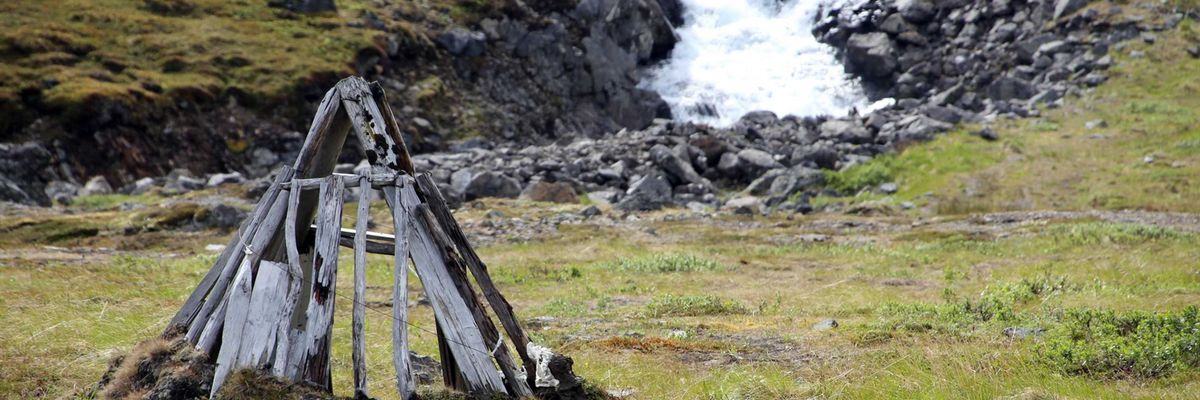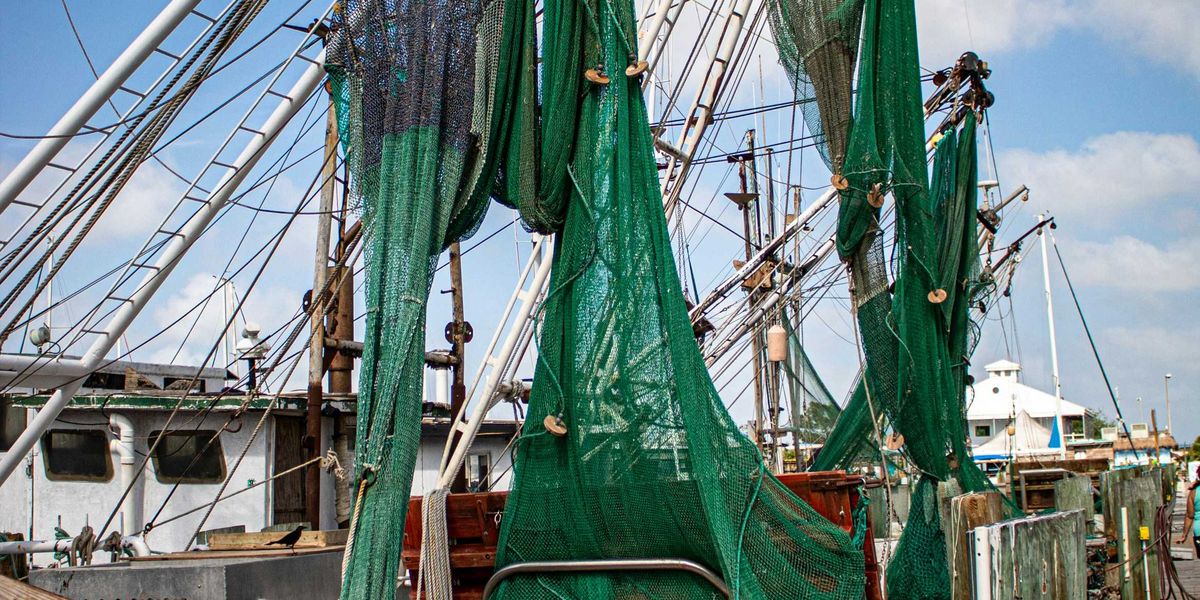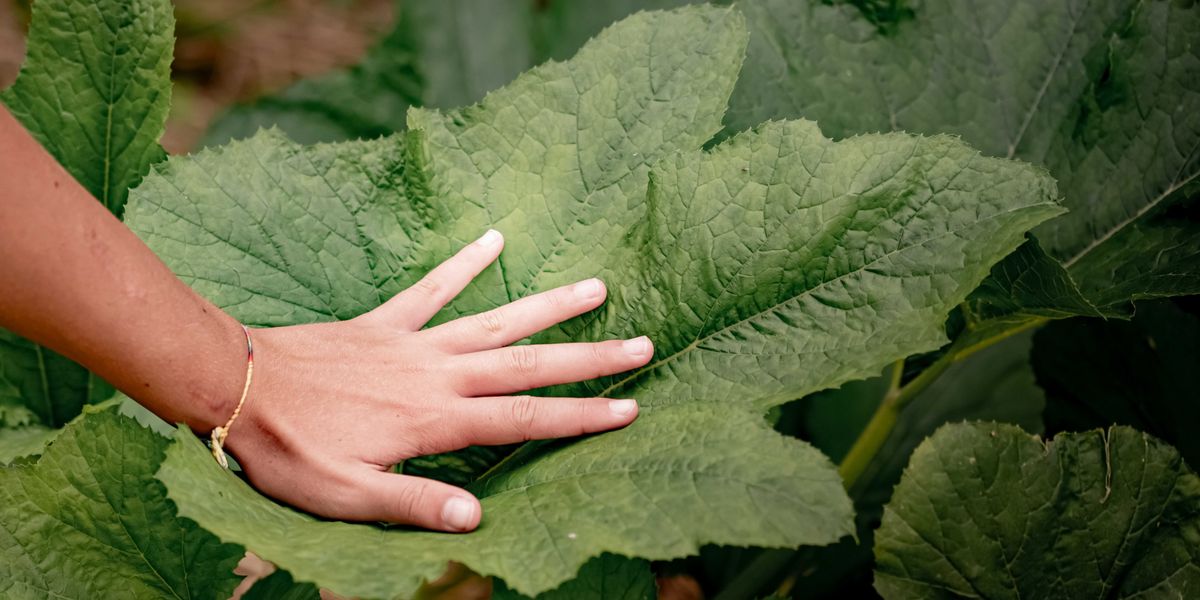sulfide
Alaskan rivers turning orange due to climate change
Climate change is causing Alaska’s rivers to turn orange, posing serious risks to the state's ecosystems and rural communities.
In short:
- Melting permafrost is releasing sulfide minerals into rivers, causing a chemical reaction that turns the water orange.
- These changes threaten aquatic health and could impact rural communities dependent on subsistence fishing.
- Researchers identified 75 affected rivers, noting high metal content and acidity in the water.
Key quote:
“It’s really disturbing to see this kind of rapid change associated with climate change. It’s a call to action for the entire state.”
— Tim Bristol, executive director of Salmon State
Why this matters:
The phenomenon highlights the broader impacts of climate change on vital natural resources. This could disrupt the livelihoods of rural Alaskan communities and the state's significant fishing industry, heightening the urgency for climate action.
Related: The planet is losing free-flowing rivers. This is a problem.
Corpus Christi residents fight industrial expansion of plastics boom
A coalition of residents is trying to halt the region's rapid industrial sprawl. The fight is now centered on the water supply for a massive new Exxon SABIC plastics plant in the drought-prone Texas city.
Allegheny County's proposed coke oven rules are hot topic
U.S. Steel is challenging proposed rules that would further limit emissions from Allegheny County's biggest source of hydrogen sulfide pollution, the Clairton coke works.









